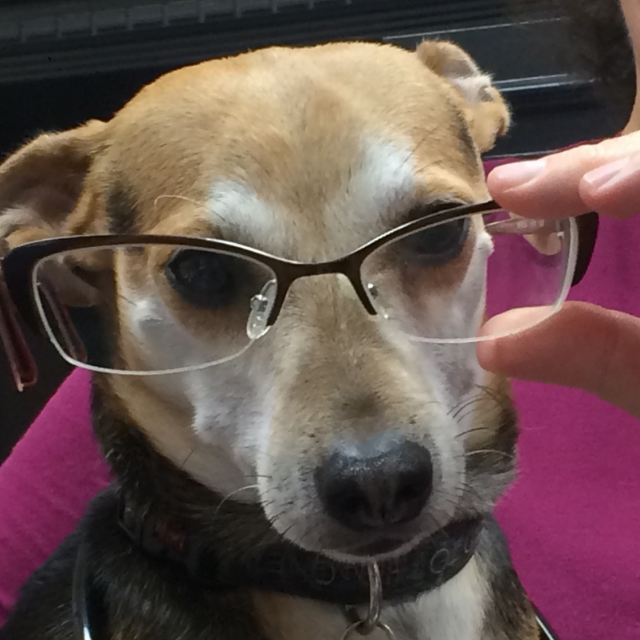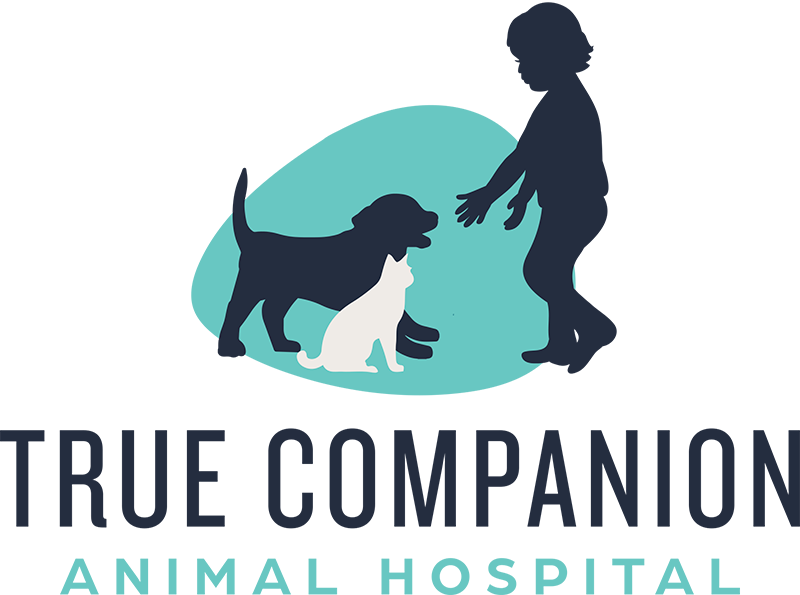Welcome To True Companion Animal Hospital
True Companion Animal Hospital proudly serves Spring, TX, and surrounding areas. We are dedicated to providing the highest level of veterinary medicine and friendly, compassionate service.

About True Companion Animal Hospital
Welcome to True Companion Animal Hospital, a leading veterinary facility dedicated to serving pets and their owners in The Woodlands, Spring, and the surrounding areas. Our state-of-the-art, 5,100-square-foot freestanding building is the hub for comprehensive pet care services.
We provide a full spectrum of medical, surgical, behavioral, and nutritional services to ensure the well-being of your furry friends.
Ask us about our senior citizen or military discount during your visit. For appointments or additional information, please feel free to reach us at (281) 363-8708.
Complete Veterinary Care in Spring, TX
At True Companion Animal Hospital, we pride ourselves on providing comprehensive veterinary services to ensure the well-being of your pets. Our dedicated team of experienced professionals is committed to offering quality care, from routine check-ups to specialized treatments.

Pet Wellness Care
Regular veterinary check-ups and preventive measures promote optimal pet wellness and overall health.

Pet Surgery
Expert veterinary surgeons perform precise and compassionate pet surgeries to address medical conditions.

Pet Dentistry
Comprehensive pet dentistry ensures oral health and overall well-being while preventing dental issues.
Meet Our Veterinarians & Staff
We are proud to have a team of dedicated and compassionate veterinarians who are committed to providing exceptional care for your pets. With years of experience and a genuine love for animals, each member of our team is devoted to ensuring the health and happiness of your furry companions.




We love our clients and patients!
Thank you for making True Companion Animal Hospital one of the highest-rated veterinary hospitals in Spring! Your kind words mean the world to us, and we’re so thankful that you’ve taken the time to provide us with feedback.
True Companion always takes the BEST care of all of our furry family members. All of the vets and staff are amazing. We have a special place in our hearts for Dr. Rogers, Kat, and Jolene. Every single person we come in contact with is beyond kind and caring. They always get us in in a timely manner and charges are very reasonable. I won’t take our babies anywhere else.
